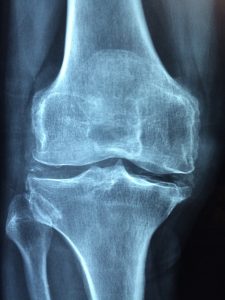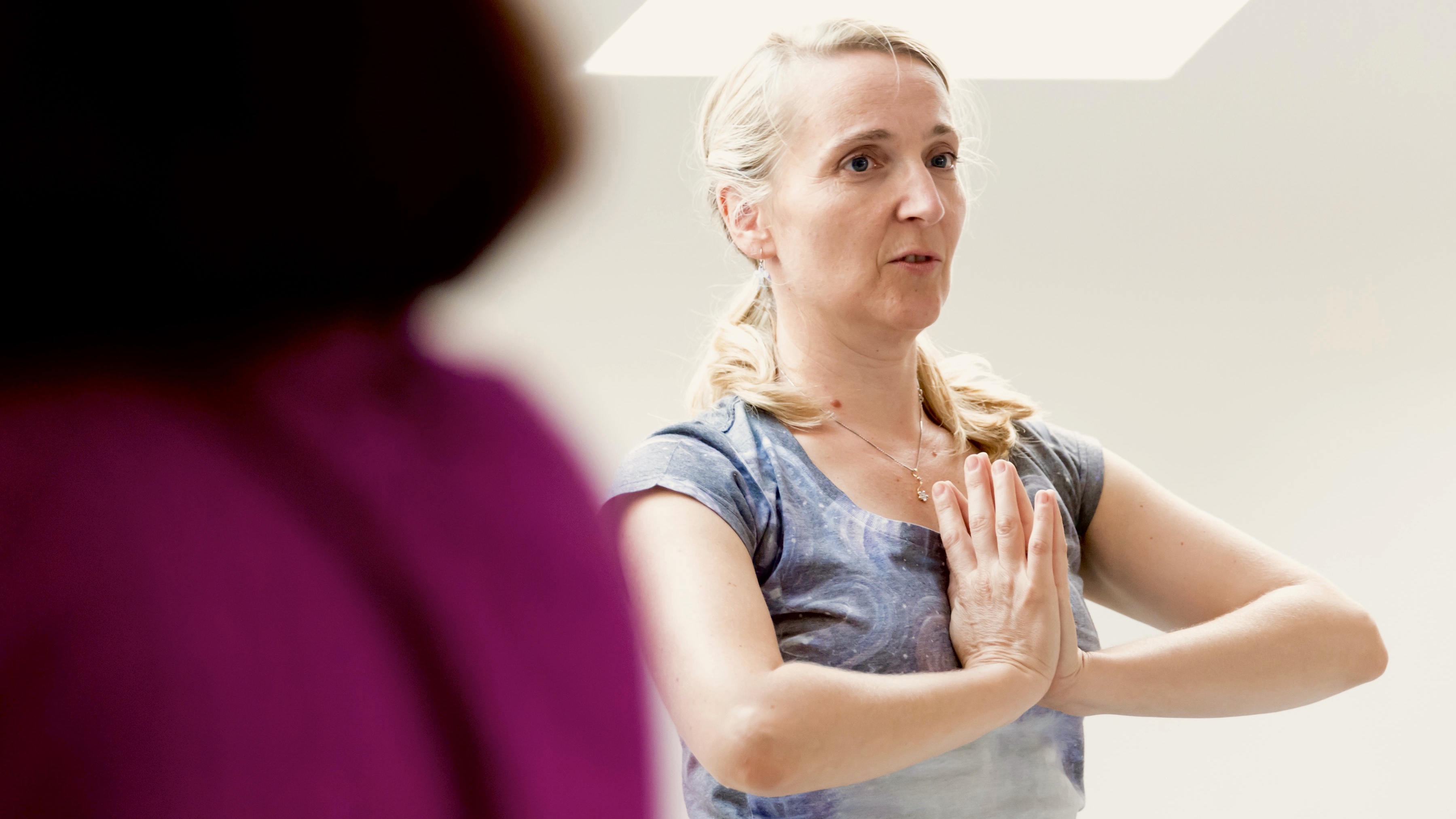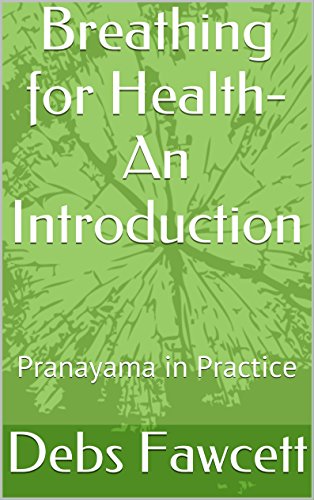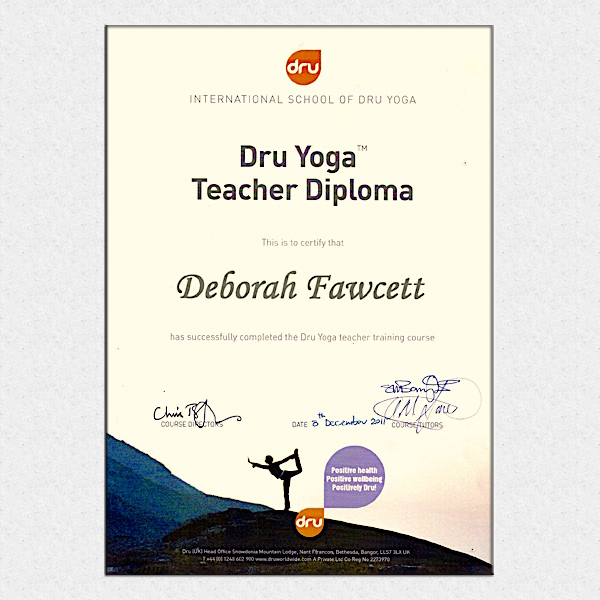Do you suffer from arthritis but wish to try Yoga?
Then this is the blog for you. I get asked regularly about if people can do yoga with particularly health issues so I thought I’d write a blog to outline some of the things to consider, in this blog, for yoga for arthritis. This can be arthritis in any area of your body. The most common occurrences I see are knees, wrists, the spine and neck areas. It has been shown that Yoga can have a very positive impact on your life experience when experiencing arthritis through the practice of gentle movements (asanas), breathing practices (pranayama), relaxation and meditation.
What is arthritis?
Arthritis is when the joints become inflamed and stiff. This can occur for many reasons and can often be difficult to pinpoint exactly why it has happened.
Having arthritis should not prevent you from trying yoga. However it is always important before embarking on any yoga practice to check in with your doctor or health practitioner to discuss your intentions and any other health issues that may affect your practice.
I often get students who have been referred from their doctors for arthritis related issues such as osteoarthritis, rheumatoid arthritis and ankylosing spondylitis which are all forms of inflamed arthritis. Knowing your strengths and current restrictions with any health related issue will greatly increase the benefits of your yoga practice.
Below are some points to consider when practising yoga with arthritis.

Gentle movements whilst focusing on your breath is a great way to both reduce stress in your body and take your mind off the pain or stiffness in your body.
In a study conducted by Kim E. Innes and Terry Kit Selfe (I saw Kim E. Innes at a Yoga conference in London a couple of years ago and she was very inspirational) it was discovered that there is a strong correlation between mind body therapies such as yoga, which may help alleviate pain and enhance physical function. Kim E. Innes found Practising yoga released endorphins which reduce overall stress levels which could indirectly reduce chronic pain of arthritis. It has been shown that Yoga can have a very positive impact on your life experience through the practice of gentle movements (asanas), breathing practices (pranayama), relaxation and meditation.

Within the yoga classes at Soul Harmony Yoga we explore mind body practices to ensure a holistic experience when practising allowing not just your physical body to reap the rewards but your emotional, mental and energy bodies are balanced and harmonised too. This come from using your breath, connecting your thoughts and intentions to your practice and experiencing a deep relaxation at the end of the class, which helps you to let go of old energies and revive yourself with a fresh perspective of balance and positivity.
Yoga is a great way to strengthen your body. Yoga research shows that Yoga can increase your range of motion and flexibility. When practising yoga to address an issue such as osteoarthritis building your core strength is important as it helps you to keep a strong frame. This prevents your body ‘collapsing in on itself’ and creates a sense of strength and stability in your physical body.
There are some lovely Dru Yoga practices such as the Breath of Arjuna. This exercise is great for strengthening your core and your gluteal muscles and when practised with breath awareness can be very relaxing and stress reducing. The movement is also great to stimulate calcium deposits into your bones. As you practice imagine breathing in strength into your bones and your body.
Stand with your feet hip width apart and allow your hands to cross (right over left to start). Imagine the movement of taking off a jumper. Begin to raise your arms up your centre line and take them over head and allow them to open and circle back down by your sides. As the hands meet allow the left to cross over the right and repeat the same movement. Breath in as you lift and out as you lower. Finally as you lower your arms sink a little into your knees and raise up to standing again as you raise your arms taking care not to over extend your back.
If you experience Anklysing spondylosis then practice this movement really gently and slowly using your breath and visualising your bones and body becoming healthy.
You’ll find this movement in Lesson one in the Spinal Health Course for those of you in our Annual Standard Membership. If you’d like to try out a free video to practice some gentle movements try our Free Taster Yoga Classes.
Practising deep breathing is a great way to open up your chest and create strength in your upper body.
Have a look at our E-Book on Breathing for Health. It will take you through why pranayama is so beneficial to your health and five key breathing techniques for you to practice to improve your health. These breathing techniques are all beneficial to address arthritis.
One of the practises is Deep Yogic Breathing (Using your full respiratory system)
This breath reminds your body how to breathe effectively. It is how we breathe when we are first born. As you do this you become familiar with your breath in its full capacity and it becomes second nature to you. Using this breathing technique regularly you will notice how you are able to draw in a greater capacity of breathe. It is particularly useful for those with respiratory problems, building strength in your upper body and enhancing your breathing in sports performance and ensuring you are using the full capacity of your lungs, ensuring a greater saturation of oxygen into your system.

• Sit down in easy pose. Keep the spine straight with your shoulders down
• Begin by tuning into your natural breathing for a few breaths.
• Begin to bring your breath down towards the lowest part of your abdomen. Feeling the movement between your navel and your pubic bone just allow your belly to expand as you inhale.
• As you exhale feel your belly sink back towards the spine.
• Begin to notice your chest expanding sideways as you breath moved in and up. Feel each rib moving away from its neighbours feeling a huge expansion in all directions particularly the sides of your body.
• As you exhale allow your body to soften relax.
• Inhaling begin to feel the breath rising all the way from the pubic bone up to the top of the lungs at the base of the throat at the area of the collar bones.
• Experience the sideways movement as your ribs expand maximise that expansion. Exhaling allow the movement of deflation to flow from the base of the throat to your pubic bone and feel your ribs coming closer together settling back into the starting position.
Find a style of Yoga which suits you
There are many different types of yoga- some are more gentle than others. Have a look around and see what suits you. At Soul Harmony Yoga I teach Dru, Hatha and Restorative Yoga which are the most gentle forms of yoga. These types of yoga are particularly beneficial for arthritis as I work with the emotional, mental and energy bodies as well as the physical bodies. I personally find my practice is deeper and more fulfilling when I practice in this way.

When to practice your Yoga
Often with arthritis you may feel stiffer in your body at certain times of the day. Base your practice around this and consider the time of day and maybe practice when you feel less still and more loose in your body.
Practice yoga for shorter periods of time and in a way that suits you. Always practice what feels comfortable. In my teaching I always prefer for students to work with their own levels of comfort. Sometimes it can feel good being in a challenging position and that’s great but if you feel any uncomfortable pain, it is important that you practice the yoga that does feel comfortable – that’s when you’ll get the most benefits from your practice. Always work to your own strengths and listen to your body.
Who should I get to teach me?
If you experience very severe pain with any form of arthritis then you should find a qualified and experienced yoga therapist. Check that the person has experience with working with arthritis.
You may feel comfortable joining a class. A beginners class is better if you haven’t practised yoga before. Let your teacher know about your issues. A good yoga teacher should ask you to fill in a health questionnaire or give you some information of how to be safe when practising yoga.
Online Yoga classes or videos – many people prefer to practice in the comfort of their own home. If you would like to do this make sure you discuss with your doctor first. On our website www.soulharmonyyoga.org we have a Health Information sheet within the help and support to guide you. You can always get in touch if you have any concerns through our contact details or book a private Skype Session first.

The most important thing is to enjoy your yoga practice. Allow it to nourish you and enhance your life. Ensure you feel safe and comfortable and let the stress and strain drop away.
Please feel free to ask me any specific questions via our Soul Harmony Yoga Facebook Page
If you’ve enjoyed the blog follow us to get notified if our weekly posts.

